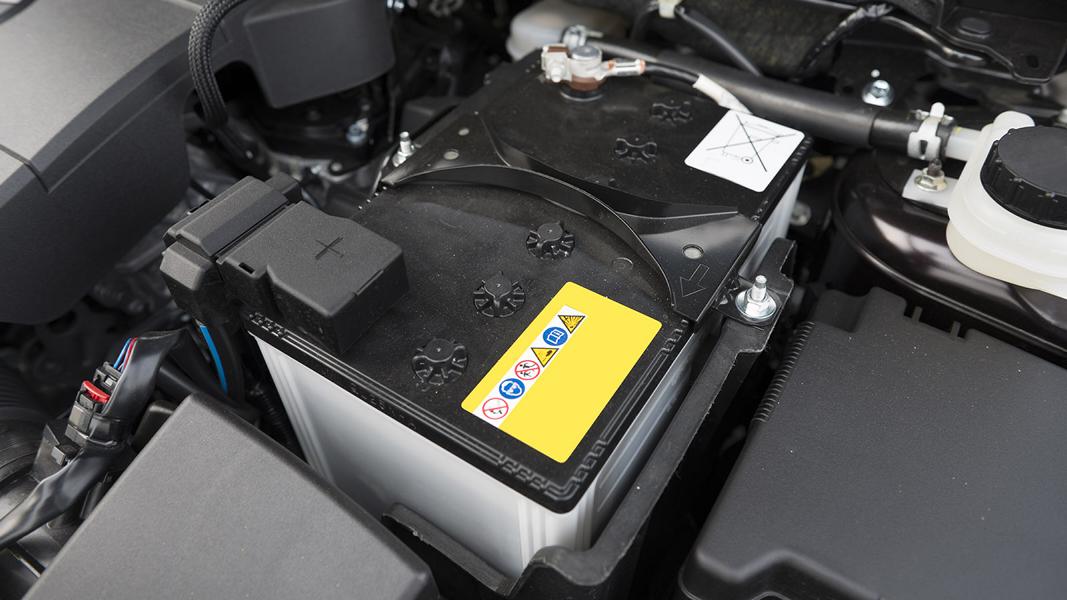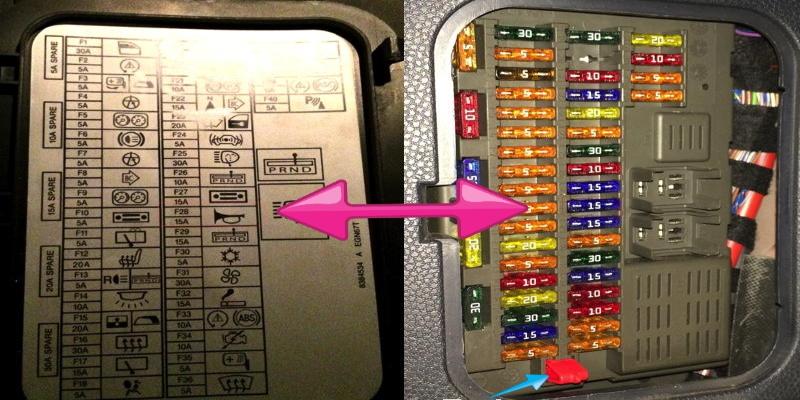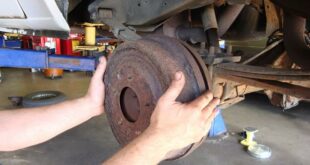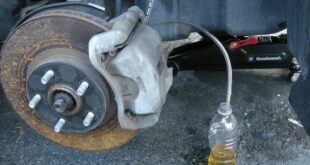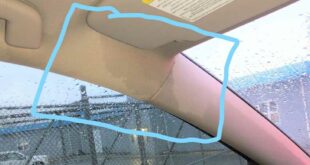A horn that is stuck can be nerve-wracking. She's not just a big one disruptive factor for you and your surroundings, but also leads to a discharging the battery. If the horn does not go off by itself when you release the switch, it could be due to a mechanical component stuck in the steering column to lie. However, due to the built-in airbag, you should be extra careful when checking the area. First cut off the power supply to the horn, then examine the system components that allow easy access.
How to turn off the horn!
First press the horn switch on the steering wheel several times, as this alone can release the stuck horn. If it doesn't work, you can try turning the steering wheel back and forth several times. The car battery is then disconnected, as this switches off the horn. If luck is on your side, it will reset and stop beeping after connecting the battery. However, that means not necessarilythat you have corrected the cause of the error. Before you start the following steps, as a protective measure against electric shock, you should first Disconnect the battery respectively.
pull the horn fuse!
Find out in the vehicle manual where the fuse box is installed. Look on the fuse box cover or in the manual for a diagram that tells you which fuse is which horn fuse is. Remove this fuse manually or with pliers out of the holder. If the manual for your vehicle model is not available, you can find it online appropriate videos with explanations or information about your car's fuse box. You can usually find the fuse box under the dash on the driver's side, somewhere to the left of the driver's door, or in the glove box. In some vehicles there is another fuse box in the engine compartment or in the trunk. In numerous vehicles, several components run through individual fuses. However, the fuse diagram shows you which components you switch off in addition to the horn when you pull the fuse.
Removal of the horn relay!
Most vehicles have one horn relay, which conducts auxiliary power to the horn. As a rule, this is a cube-type connector with a diagram on the side, which can be found in the engine compartment fuse box. If the horn relay fails, the horn will usually fail, causing a stuck horn signal. Even if it's the relay not If it is the trigger, you should remove it to turn off the horn. Check the fuse box fuse diagram or refer to the manual to locate the correct relay. If your horn sounds unusual, or if you don't hear a click when you press the horn button, there is a high probability that it has a horn Short circuit at the relay in front. Then replace the relay and determine the cause of the short. This could be a damaged cable or water ingress!
Disconnect the horn connection!
If there is no horn relay installed in your vehicle and several components are running simultaneously via the horn fuse, the horn should get extended. It is usually located behind the grille or near the windshield behind the engine. Typically, the horn shape resembles a megaphone or a ring body (toroid). Remove the wire connections to the horn. Cover the cable contacts with one insulating tape or cable connectorsto avoid a short circuit if you want to go to a workshop now. Some cars have two horns, usually connected to the same unit. Inquire into yours Handbook or by Internet according to the relevant information if you cannot find the horn. Incidentally, for the work processes disconnecting the battery respectively.
Troubleshooting
check if Water retention are present, which have accumulated in the engine compartment, for example, after heavy rain or an engine wash. If you spot pools of water near the fuse box, you should disconnect the battery and let the car dry in the fresh air. Leave the fixing from massive water damage or severe corrosion prefer an experienced mechanic. Now one is installed bypass switch to the horn. If the switch is stuck on your steering wheel, it can be bypassed with a bypass switch, which you can find online or at an auto parts store. The manual tells you how to connect the switch to the 12V wire of the horn. Installing a bypass switch is only a temporary option until you can get a replacement for the broken horn switch.
Have the airbag removed by a professional!
The following work steps take place on the steering column, in which an airbag is usually embedded. Unless you turn it off or make a mistake removing it, it could trigger with great force. In some vehicles, a backup battery will keep the airbag on after the car battery is disconnected. For this reason, you should use the airbag do not remove yourself, unless you know what to do and are authorized to do so. After disconnecting the battery, you should wait about 30 minutesuntil the system is no longer powered. Now dry the area of the steering column. If there is water or corrosion in it, a short circuit may have set off the stuck horn. After drying the area with an air compressor, the wet spots are treated with a contact spray. Once the steering column has dried, you can reassemble it. With a little luck, the horn will then be ready for use again.
Now the switch and clock springs are installed. If the electrical parts work fine, the problem may be a stuck horn switch. Another cause of the error could be a broken clock spring be. This is the spring that tightens and relaxes you as you turn the steering wheel and maintains an electrical connection. In particular, when there are errors in the operation of the electrical components on the steering column or the airbag warning light is on, the problem usually goes back to a damaged coil spring. If the exchange is too difficult for you, please contact the professionals in your workshop.
Tips: If the contacts are corroded or wet, and the wiring is uninsulated or only partially insulated, use a voltmeter to check the horn circuitry for shorts.
Warnings
- Only remove the fuses when the engine is off. Always disconnect the battery before beginning any work on the power lines, fuses, or other electrical system components. By the way, in most places it is illegal to drive without a working horn. A disconnected horn should therefore be repaired as soon as possible.
The following note is essential: For safety reasons, tuningblog recommends all repair, inspection and maintenance work exclusively to be carried out in a specialist workshop! Although our information is summarized to the best of our knowledge and belief, we cannot assume any liability for the content. All information is therefore "without guarantee".
Of course, that wasn't the end of it!
In this tuningblog category there are guides and instructions for common defects/repairs on the vehicle and for installing accessories/tuning parts. Our articles explain in a simple way common defects and the corresponding repairs, as well as explaining how the first signs of a defect become noticeable. In most cases, we also have initial clues to the repair instructions in our repair instructions approximate The costs of the pending repair are listed. The goal of our subcategory “Auto Repair Guide“ is to create a head start in knowledge for the next visit to the workshop with initial tips. This may save you from tedious troubleshooting and small things can perhaps be done directly on your own. The same applies, of course, to the installation of accessories/tuning parts. Here, too, we would like to help with the implementation with instructions and tips. There are many other posts on this as well. Below is an excerpt of the last and HERE there are all previous instructions:
"tuningblog.eu" - we keep you up to date on the subject of autotuning and car styling with our tuning magazine and present you with the latest tuned vehicles from all over the world every day. It's best to subscribe to ours Feed and will automatically be informed as soon as there is something new about this post, and of course also to all other contributions.
 tuningblog.eu Your magazine about tuning the car
tuningblog.eu Your magazine about tuning the car

